Victor Servranckx is, after Georges Vantongerloo, the most international and perhaps the most productive of the first generation of abstract artists in Belgium. His exhibition of 1924 in the Brussels Galerie Royale contained some 104 titles. Moreover, he was picked up by big international names such as Fernand Léger (1881 – 1955) and Marcel Duchamp (1887 – 1968). As the only artist from the Pure Plasticism, his work was chosen in 1927 by the New York gallery Société Anonyme for the International Exhibition of Modern Art. Servranckx belongs to the Brussels’ avant-garde movement. He writes contributions for the 7 Arts journal and in 1922, along with René Magritte, he writes the manifesto, L’art pur. Défense de l’esthétique. With the rediscovery of the historical avant-garde, Servranckx shall come up in the polemic over who is the first abstract artist in Belgium. Evidence for his pioneering work in 1917 is missing, but his geometric abstract works from 1923 and 1924 are without a doubt of superior quality.
Typical for his non-figurative oeuvre is material imitation and the suggestion of mechanical movement in highly stylised forms that are very close to French Purism. Servranckx gives his works neutral titles (Opus, followed by a serial number). This is completely in line with the idea of ‘collective art’. Hereby the work stands apart from any referential framework and it is free to interpret from its purely geometrical phenomenon. Through the usage of forms piled up on each other, his work often has a collage effect.
In 1925, Servranckx momentarily stops with painting in order to devote himself to architecture and design with, among other things, his own studio Kubistisch Huis and an office space in collaboration with Huib Hoste during the Exposition Internationale des arts décoratifs in Paris. When he again takes his brush in hand a year later, he distances himself from the constructivist style and allows for a very diverse mixture of styles in his oeuvre. His work evolves then to an abstract surrealism whereby organic elements are combined with geometrical forms. In visionary paintings with biomorphic figures, Servranckx experiments with new techniques and materials. However, the terse design remains part of his visual means of expression, such as the murals for the National Institute for Radio broadcasting, which in 1936 receives a great deal of attention. After WWII, he returns to a formal abstraction and actively collaborates with a new generation of working abstract artists such as Jo Delahaut and Paul Van Hoeydonck (1925). His international appeal grows further with the highpoint being his presence, as the only Belgian abstract artist, at the International World Exhibition of 1958 in Brussels.
1897
Victor Désiré Servranckx is born on 26 June in Diegem near Brussels
1913 - 1917
Servranckx attends lessons at the Académie Royale des Beaux-Arts et École des Arts Décoratifs in Brussels. Amongst the fellow students are also Marcel-Louis Baugniet (1896 – 1995), Pierre-Louis Flouquet, Karel Maes and René Magritte. At the same time he works as an assistant designer in the wallpaper factory Usines Peters-Lacroix (U.P.L.) in Haren near Brussels. René Magritte is a colleague between 1921-22.
1922
Participates in the exhibitions of the 2nd and 3rd Congresses for Modern Art in Antwerp and Bruges, respectively.
Servranckx writes, along with Magritte, the unpublished article, L’art pur. Défense de l’esthétique.
1923
In addition to the articles that he writes for 7 Arts, he is involved with the workings of the cooperative L’Equerre and the journal 7 Arts in the Salon de La Lanterne Sourde: Les arts belges d’esprit nouveau. The salon is organised in the Salle Manège of the Egmont Palace in Brussels.
Servranckx receives a large one-man exhibition in the Galerie Royale in Brussels. In the exhibition, an overview is given of his constructivist work between 1921 and 1923. The success of the exhibition ensures for a breakthrough abroad with exhibitions in Bielefeld, Bucharest and Paris.
1925
Occupies himself with the applied arts. He takes part in the Exposition Internationale des arts décoratifs in Paris and a like-named expo in Monza, Italy. In addition, he makes book-cover designs and posters on consignment for the Flemish Folk Theatre.
La plastique pure. (Art constructif)—(art collectif) is a manifesto that is one of the last death throes to be seen of the Pure Plasticism. It appears in the journal La Nervie.
1927
Servranckx is invited to take part in the exhibition, the International Exhibition of Modern Art, a travelling exhibition in the United States. This exhibition is put together by Marcel Duchamp and Katherine Dreier (1877 – 1952), the Chairwoman of the Société Anonyme. After the exhibition, she purchases the painting Opus 46—1922 (The City) in the name of the Société Anonyme.
1928 - 1929
Solo exhibition abroad in the Galerie Der Sturm in Berlin. At home, he exhibits in the gallery Le Centaure and receives an overview exhibition in the Palace of Fine Arts in Brussels.
He combines his constructivism with a surrealistic language of forms.
1930 - 1934
Servranckx marries Hélène Tyrmand. In 1938, their son Paul is born. After the death of Hélène in 1965, Servranckx remarries with Angeline Turcksin a few days before his death.
Beginning in 1932, Servranckx teaches the evening course, ‘Art History and Art Initiation’ at the Academy in Elsene.
1935 - 1937
Travels for a few months through Italy in the company of the artist Fernand Léger and the art dealer Léonce Rosenberg (1879 – 1947).
Servranckx gives a lecture in the Stedelijk Museum of Amsterdam under the title Constructivism and destructive art.
Along with Marcel Lempereur-Haut (1898 – 1986), Albert Gleizes (1881 – 1953) and Robert Delaunay (1885 – 1941), among others, he exhibits in Prague, The Hague and Budapest with the group exhibition, Les Artistes Musicalistes.
In the Eeuwfeestzaal (Heizel) in Brussels, Servranckx designs the booth for the National Institute for Radio broadcasting (N.I.R./I.N.R.) for the Radio salon. The large décor contains 550 m2 of frescoes. Fernand Léger writes a praising letter that is published in the July edition of Clarté in 1937.
1939 - 1945
Servranckx makes a trip to Cuba, Mexico and the US. In Mexico he makes a portrait of Diego Rivera (1886 – 1957). In the US he meets the former Bauhaus instructor Lászlo Moholy-Nagy (1895 – 1946), who offers him a teaching chair at his to-be established School of Design in Chicago. Servranckx, however, returns to Brussels.
At the beginning of the 1940’s, Servranckx makes various assemblages (ready-mades). Abstract painted tiles also appear. Yet, his production is chiefly traditional with mainly figurative landscapes and portraits.
In 1945, Constant Permeke (1886 -1952), recently appointed as Director of the Academy of Fine Arts in Antwerp, offers Servranckx a teaching position. Due to a power struggle with the contesting former Director, Isidoor Opsomer (1878 -1967), this plan does not go through.
1946 - 1965
Servranckx becomes one of the most important figures from the second wave of Abstract Art that comes in from Paris. In 1946, he shows his early work in the Galerie La Boétie during the exhibition Cubisme along with Lipchitz, Metzinger, Picasso and Zadkine, among others. In 1947, he has a retrospective exhibition in the Palace of Fine Arts. From 1948 until 1953, Servranckx is taken up in the annual Salon des Réalités Nouvelles. In 1954, he takes part in the XXIVth Biennale of Venice. Via the assistance of Michel Seuphor, he is also present at the important overview 50 ans de peinture Abstraite in the Galerie Creuze (1958).
Servranckx is picked up for the exhibition 50 jaar Moderne Kunst at the International World Exhibition in 1958 in Brussels.
Shortly after his retrospective exhibition in the Museum of Elsene, Victor Servranckx dies on 11 December 1965.
Sergio Servellón
CC-BY-NC (Creative Commons 4.0)
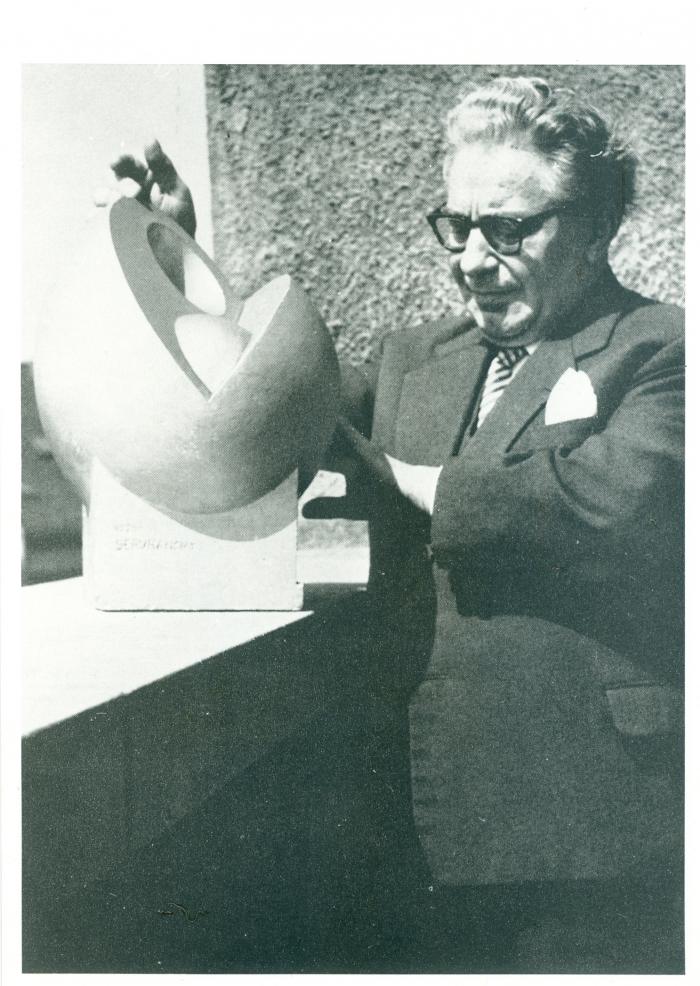
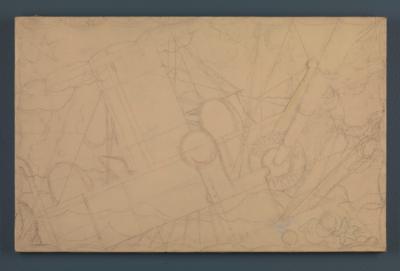
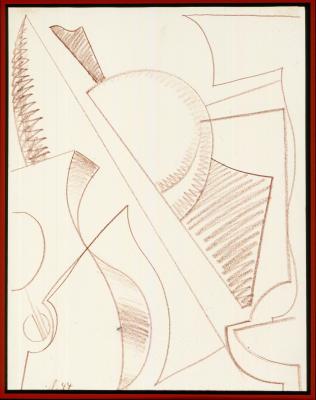
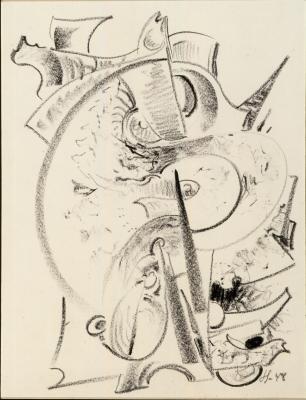
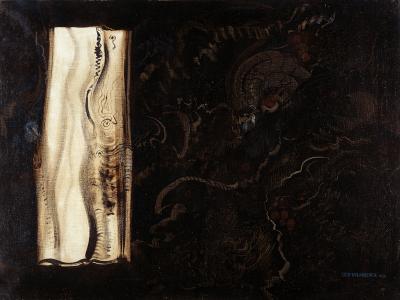
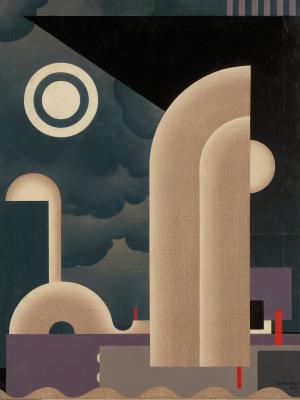
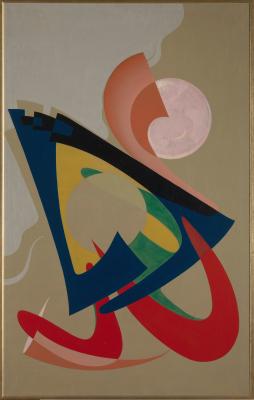
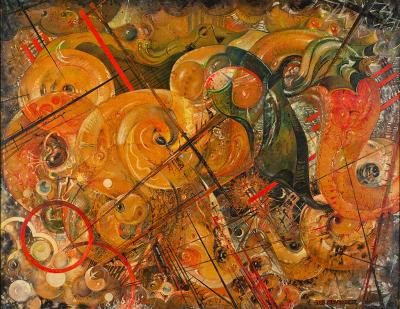
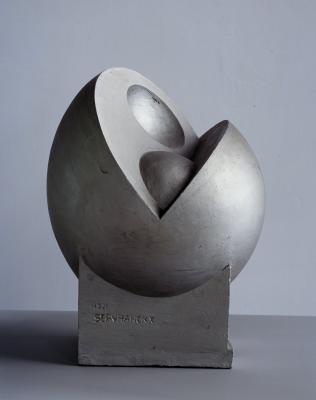

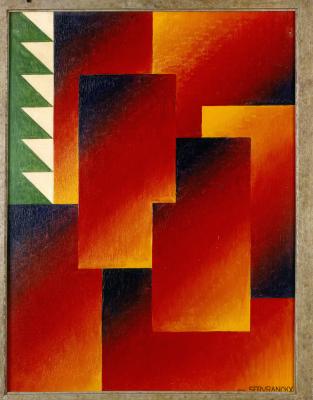

![[Painted tile, to be looked at from all angles] [Painted tile, to be looked at from all angles]](/sites/default/files/styles/flexible_style/public/ca-images/1483101224_PAINTEDTILETOBELOOKEDATFROMALLANGLES_5121.jpg?itok=wteMtlNT)